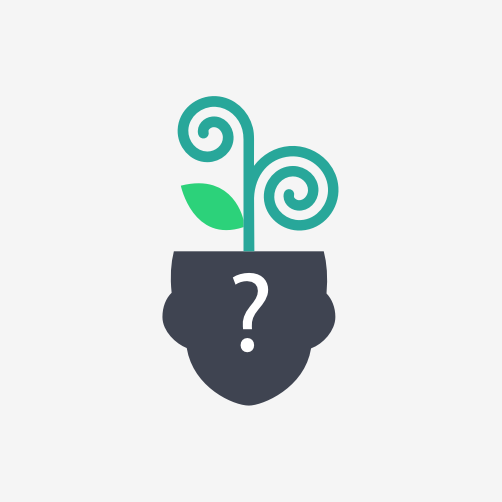Probably the hardest part of students doing research (and therefore, students doing SOLEs) is having them find reliable research. Kids think they’re great at researching because they’re used to being online, but often they just go with the first source to pop up. Many kids list Google as a source, and some don’t even click on a link, just using the information that pops up when they type in a question. They get frustrated when their search doesn’t yield results, and state there’s no information to be found, rather than changing or specifying the words they’re using to search. If this all sounds familiar, don’t worry– there are many, many possible solutions and I’ve tried almost all of them.
I actually usually did a SOLE for this at the beginning of the year– my question was always just “How do you know a source is reliable?” This obviously works better with older students who have some research experience, but it might be a good jumping off point either way! If you feel your students need a more structured take on it though, there are other ways to get this point across.
The first thing to do is take a day and run through some basics of researching. Pose a question or topic they have to research, and have them identify keywords and phrases, including synonyms. I found that when students were struggling the most, they were typing the full questions into google– teaching them this better practice will help immensely in the long run!
Once they have a list of keywords, phrases, and synonyms, it’s time to start looking at the validity of sources. Have them choose a site to look at, and have students try and identify who is writing it and why. Are they selling something (whether that’s a product or idea)? Are they an expert in their field or are they a random blogger? Was this done by a professional (i.e., was it someone’s job to write this)? Is the writer biased in any way? Not all of these questions immediately prove a valid or invalid source, but thinking through them helps students start to think about what makes a valid or invalid source.
If you haven’t already with your students, the previous step is also a good time to talk about things like bias and url domain. While they generally know (depending on their age) that .gov is good, it’s not bad to remind them that:
.com = company .net = networking service .org = organization .gov = government .mil = U.S. military .blogspot = blog .edu = educational institution And many others like .biz, .tv, etc
These aren’t always hard and fast rules–no one is really regulating most domains to make sure they’re following these generally accepted rules (with the exception of .gov, .edu, and .mil). However, it’s still a good starting point for students who are new to reliable research!
Once students have gone through all of this, have them share their source and whether they think it’s a reliable or unreliable source and why. Sharing with each other will let students experience a range of both reliable and unreliable websites, and hear about why each one is identified as such.
I would recommend doing this with students, but also staying aware that they won’t be perfect at it after one try. Which is fine– as long as they’re researching regularly, they’ll get better and better at the skill (which is a large part of why SOLE uses research)! There’s nothing quite like the first-hand experience of using a “bad” source in a presentation to make sure kids never do it again. Jeff McClellan likes to tell the story of how two groups presented during a SOLE and gave completely opposite answers– one’s source was a personal blog, and one was nasa.gov. He then asked the class who they believed, and they unanimously said the second group.
In my experience, the kids who get up there and are proved wrong by a group with a more reliable source become my strongest researchers– they’re the first to call out a group member who hasn’t checked the source of their data, and the best at sussing out the writer’s intent. All it takes is one bad experience with bad research for kids to really learn that lesson. For me, the best way for students to learn was just to let them try and fail a few times, but that aligned well with my school culture. For some teachers, they hang posters with responsible sites on their walls (especially useful for younger students, and an example can be found at startsole.org in the resources section). However, if your students are consistently struggling with research, it’s not a reason to stop doing SOLEs– it may just mean that a lesson like the one I laid out above may be helpful. Though SOLE is all about students taking the lead, sometimes we teachers still need to give them the skills and tools they need before they jump in.



